Beginners Guide to Fishing: 6 Amazing Tips and Tricks
If you’re new to fishing, it can be tough to know where to start. With all of the different gear and techniques, it’s easy to feel overwhelmed. But don’t worry – we’ve got you covered. In this beginner’s guide to fishing, we’ll teach you the basics of how to fish. We’ll also give you some tips and tricks that will help make your fishing experience more enjoyable.
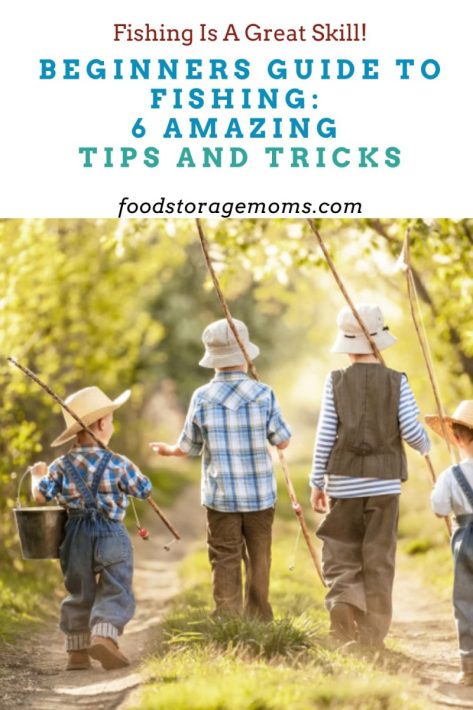
Beginners Guide to Fishing: 6 Amazing Tips and Tricks
Why Should Preppers Learn to Fish?
If you’re a prepper, then you know the importance of being self-sufficient and being able to provide for yourself and your family in case of an emergency. One skill that can help you do this is fishing. Learning to fish can provide you with a sustainable source of food, and it’s a skill that can be passed down to future generations. Here are just a few reasons why preppers should learn to fish:
1. Fresh food. Fishing is a great way to get fresh, healthy food. Fish are a lean, protein-rich source of food that can be caught in most parts of the world.
2. It’s easy. Fishing is a relatively easy skill to learn, and it doesn’t require expensive equipment. All you really need is a fishing rod, a reel, the proper type of line, hooks, and a lure or bait and you’re good to go.
3. Great for preservation. Fish can be preserved for long-term storage through methods like smoking, drying, or canning, meaning you can always have a supply on hand in case of an emergency.
4. It’s great for relaxing. Fishing is also a great way to relax and enjoy the outdoors. Taking some time to unwind and de-stress is important for maintaining your mental health, especially during tough times.
So, there you have it! These are just a few of the many reasons why preppers should learn to fish. If you’re not already an accomplished angler, then make it a priority to learn this valuable skill – it could one day mean the difference in survival in during an emergency situation.
Beginners Guide to Fishing
Now that we’ve convinced you of the importance of learning to fish, it’s time to get started. You need to make sure you are prepared to fish before you head out on the water. Here are a few things to do:
Choose the Right Gear
The first step is to choose the right gear. If you’re just starting out, you don’t need to spend a lot of money on really fancy equipment. A simple setup will do just fine. Here’s what you’ll need:
- A fishing rod and reel. You can find a decent quality rod and reel combo for under $50. We discuss some different types of reels later in the post. The rods come in different lengths and are made of various materials. Rods used with spinning reels have some larger “guides” attached to the rod so the line has an easier time exiting the reel as part of the cast. Fly rods have smaller guides. Most spinning rods come in two sections for easy transport and the sections need to be attached to each other before running the line through the guides, making sure the guides are in a straight line down the rod.
- Spool of fishing line. The monofilament line is the best choice for beginners. This line comes rated in pounds based on the anticipated weight of the fish that might be caught. The higher the weight rating the thicker the line. This line is very hard to see underwater vs the line you use to fly fish.
- Hooks. A variety of hooks will work, but Aberdeen hooks are a good option for beginners. The hooks come in various sizes, again based on the size of fish you are trying to catch. Fish have different size mouths and you gear your hook to try and get the best match. Interesting, but the higher the number the smaller the hook. If you plan to deep sea fish then things are different and the numbering system changes.
- Sinkers. Weights help to keep your bait down in the water where the fish are. They are needed when you are stream or river fishing to keep the bait lower in the water, and also for lake fishing when you try to get a longer distance cast.
- Bobber. Used to help keep your fishing bait afloat and off the bottom when lake or pond fishing. It also is an indicator that you have a fish tugging on the line, thus the name “bobber.” Bobbers also provide some additional weight to pull the line out further with each cast.
- Spinners. It is shiny which causes a flash and vibration to attract and get the fish’s attention as it spins against the current when pulled through the water.
- Needle-nose pliers. Used to pull the hook out of the fish’s mouth.
- Rubber net. Easier on a fish’s skin compared to nylon or a string net, but they will work too. Used to help “land” the fish in your boat, on land, or when using a float tube.
- Bait. This is a term that covers all sorts of things used to attract fish. Worms make good all-purpose bait, but you can also use minnows, flies, or artificial lures.
- Swivel: This handy little attachment lets the bait spin in the water when reeling in the line, and also helps keep the line from getting tangled in the reel since the line is “spinning” as you bring the line in after each cast.
- Tackle box. A must-have box to store all of your fishing hooks, sinkers, extra fishing line, and tools. Make sure to buy one with a handle, for easy carrying.
- Sharp knife. Used to clean the fish, but also to cut the line if things get tangled up.
- Cooler. If you plan to take the fish home to eat be sure to bring a cooler to carry them in as you strive to keep the meat as fresh as possible. You’ll want to include some small bags to put them in so the fish don’t stain the cooler with their blood. We generally use those reusable blue ice packs in our coolers so we don’t have to purchase bags of ice.
You can also find all of this gear at your local fishing, general sporting goods store, or online. You may want to try this set, Tenkara Fishing Rod and Combo
Get a Fishing License
Before you can start fishing, you need to make sure you have a valid fishing license. You can usually purchase one at your local sporting goods store, bait and tackle shop, Wal-Mart, or online from the state fish and game department. In some states, you can even get a one-day or seven-day license if you’re just planning on fishing for a short period of time.
Most states allow young fishing enthusiasts to fish under an adult’s license. Check with your local fish and game department if you have questions.
Pick a Good Spot to Fish
Once you have your gear and license, it’s time to find a good spot to fish. If you’re just starting out, it’s best to stick to ponds and lakes. Once you’ve gained some experience, you can move on to rivers and streams. When choosing a spot, look for areas with deep water, plenty of vegetation, or structures like logs or rocks. These are all places where fish like to hide. Hiring a fishing guide is also a great option to really hone in on a certain area or a certain type of fish.
Many fish and game departments will post recent fishing activity, they even will tell you what baits to use for various fish species. Local stores that specialize in fishing gear should also be able to advise you regarding hot spots, baits and lures to use, depth of the water to find various species, etc.
How to Fish
Now that you have your gear and you’ve chosen a good spot to fish, it’s time to actually start fishing. The most important thing to remember is to be patient. Fishing takes time and practice. Don’t get discouraged if you don’t catch anything right away. You may want to practice your casting technique at a local park so you can see how well different sinker combinations work with your reel, rod, and line.
Lake and pond fishing often amounts to casting out and waiting for the fish to bite. Here’s where that bobber does its magic to alert you to fish activity. If using a spinner, then you cast and pull the spinner right back in. Some will reel in a few yards of line, let it rest for a few seconds, then reel some more.
Some species, like bass, look for the lure to act like real live aquatic species that jerk as they swim. That means you need to get your lure to do the same thing by “jigging” the line. You reel in the line while tugging on the rod to make the lure seem to be in motion.
River and stream fishing is a full-time action adventure. You cast out against the current and let the current carry your lure or bait downstream while reeling in the line at various speeds, depending on how fast the current is. The bait or lure will tend to come to the surface if the current is fast, so you need to be on your toes to watch what’s happening at the end of your line.
We won’t spend any time discussing how to fly fish in this post. It takes a unique approach to cast out the heavy line as with each forward motion of the rod more line is taken out. It takes a different kind of rod, reel, and line, besides needing to get familiar with the various kinds of flies used. I’d suggest once you master the spinning reel technique, consider hiring a pro to teach you how fly fishing works. You are also wise to have them take you out for a real-life class on or in the water.
Casting Your Line
Now that you’ve found a good spot to fish, it’s time to cast your line. Note that there are three main types of spinning reels. Mark grew up using one with a “bail” that you had to pull back to allow the line to advance out. You open the bail, hold the line with one or more fingers, then straighten out the finger as the rod is thrust forward towards the target casting spot.
Another common reel type is enclosed and you push a button on the rear of the reel to advance the line once the rod reaches the peak casting angle.
The third type is the casting reel. It is supposed to be more accurate, but some find it more difficult to use. Check with your fishing store for advice as you make your gear purchase decisions.
It will take some practice to learn how to properly point the rod tip towards the direction of your cast, making a smooth, circular motion with your arm and wrist to cast the line.
Setting the Hook
Once your line is in the water, it’s time to wait for a bite. This can take some time, so be patient. When a fish does take your bait, you’ll feel a tug on the line. At this point, it’s important to set the hook.
To do this, quickly jerk the rod up in a sharp motion. This will embed the hook in the fish’s mouth. Be sure to keep the tip of the rod fairly low to the surface of the water so the line stays taught as you reel in the fish. Once the hook is set, reel in the fish and enjoy your catch!
Get the Fish Off the Hook
Once you’ve caught a fish, it’s time to get it off the hook. Mark and his friends always approached their day of fishing using a catch-and-release attitude. That way there would be more fish to catch the next time they went out fishing. Of course, they did all they could to gently get the fish off the hook so as not to injure the fish.
Many people fish with the goal to take some fish home for dinner. Some try to make sure the fish is dead before trying to get the fish off the hook. You can do this by hitting it on the head with a blunt object or by squeezing its gills together. Next, use a pair of pliers to remove the hook from the fish’s mouth. If the hook is embedded too deeply, you may need to cut the line and leave the hook in the fish’s mouth. There are some small tools designed to help get the hook out, but that usually entails killing the fish in the process. Check with your local fishing guru for guidance.
Finally, clean the fish and prepare it for cooking. You can either scale it, gut it, or fillet it. We usually just cleaned out the guts, cut off the head and tail, and then fried the fish in some butter.
6 Fishing Tips and Tricks
Now that you know the basics of fishing, here are a few tips and tricks to help you catch more fish:
- Use some live fishing bait. Fish are attracted to live bait because it looks and smells like their natural food. Worms, minnows, shrimp, crayfish, grubs, and live finger mullet are all good choices.
- Chum the water. Chum is a type of bait that you can use to attract fish to your area. You can make your own chum by blending together fish parts and other smelly substances. Note that chumming isn’t legal in many states, so check with your local fish and game folks for any restrictions.
- Use the right type of line. The monofilament line is the best choice for most situations, but if you’re fishing in deep water or around sharp objects, you may want to use a braided line.
- Use the right type of lure. There are many different types of lures available, so it’s important to choose one that is appropriate for the type of fish you’re trying to catch and the conditions you’re fishing in.
- Be patient. Fishing takes time and patience. If you don’t catch anything right away, don’t get discouraged.
- Have fun. Fishing is a great way to relax and enjoy the outdoors. So, take your time and savor the experience.
More Survival Skills
- Survival Skills to Teach Young Children
- Critical Survival Skills You Should Practice at Home
- 7 Basic Survival Skills You Need to Know
When would you use a spinning reel while fishing?
Unless you are doing some deep sea fishing, spinning reels and fly fishing reels are the most common. To get started, I’d suggest learning to use a spinning rod and real. They can be used from shore, in a boat, or using a personal float tube if lake or pond fishing. If you are in a river or stream environment, you’ll want to invest in some waders or hip boots so you can get out in the water where the fish are. Be careful in the water since currents can be tricky and rocks are pretty slippery.
The picture below shows a spinning rod and reel. The reel shown is one with a bail rather than the push button version.
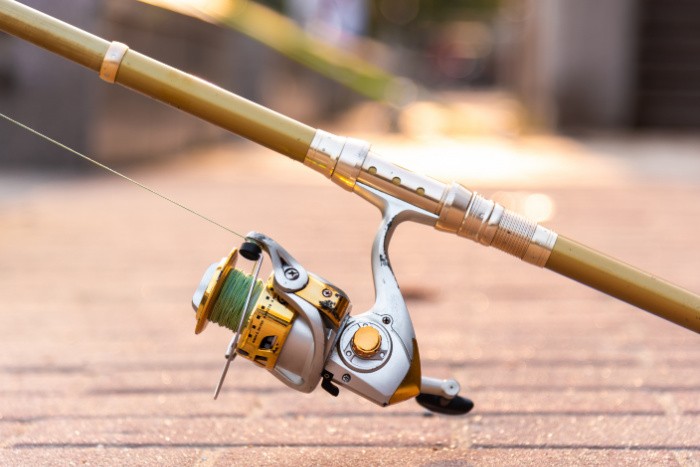
What are the basic parts of a fishing rod?
Spinning rods have a handle, threaded clamps to secure the rod to the reel, guides for the line to traverse up the rod during the cast, and ferrules which are where the two pieces of the rod are hooked together. The ferrules have a male and female end, so it should be pretty easy to figure out.
What are some different species of fish?
There are different species of fish depending upon where you live and the type of fish you are fishing for. There are various types of fish that are generally found in rivers and streams, like the many species of trout, salmon, northern pike, etc. There are fish more often found in lakes and ponds like bass, catfish, sun perch, and bluegill. There are also species often referred to as “trash fish” since they are less desirable to catch and eat, like chub, suckers, and carp. Many species can be found in all kinds of water, with trout probably the most common.
Is it best to fish with or against the current?
As mentioned, when fishing rivers and streams you cast upstream and let the bait or lure be carried downstream with the current.
Where is a good place to purchase fishing gear?
Fishing gear is available at most sporting goods stores, some big box stores like Wal-Mart, and also online from those stores and Amazon. Convenience stores, such as 7-11, may carry a few fishing supplies, but the selection will most likely be very limited.
What is the best technique to use while fishing?
How you fish is certainly a personal preference. It seems that most people get their start by using spinning rods and reels. The more advanced fishermen and women move on to learn fly fishing. Each has its pros and cons. It is generally felt that the fishing “purists” fly fish. They’ll tie their own flys, do more research about when and where to fish, and they take it pretty seriously.
Final Word
Fishing is a great way to enjoy the outdoors and bond with friends and family. It’s also a great source of food. But, before you can start reaping the benefits of fishing, you need to learn the basics.
This guide has taught you some pretty basic stuff. It should be enough to get you started, including how to choose the right gear, how to cast your line, how to set the hook, and how to get the fish off the hook. You’ve also learned a few tips and tricks to help you catch more fish. Keep in mind, that we’ve only scratched the surface. There is so much we can learn about this fun sport as we try new things and listen to those who’ve mastered the art, so to speak.
Now, it’s time to get out there and start fishing! Don’t forget to Take Your Kids Fishing, too. It is so important to learn how to fish and to learn other useful skills! Have fun and good luck! May God Bless this world, Linda
Copyright Images: Boys Going Fishing AdobeStock_73899005 by Alexandr Vasilyev, Fishing Rod AdobeStock_273539077 by rangizzz

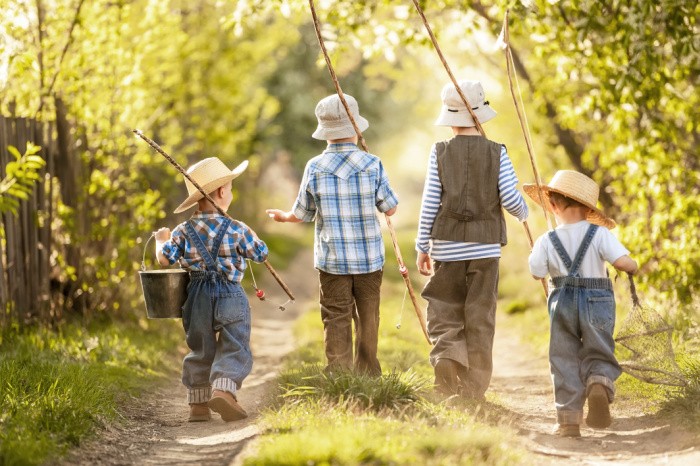

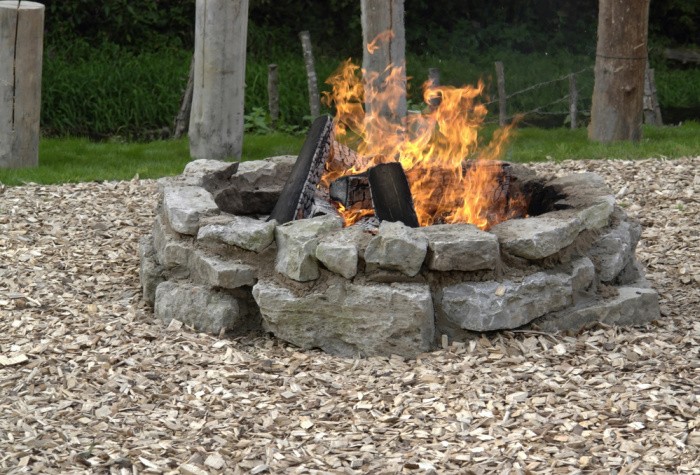


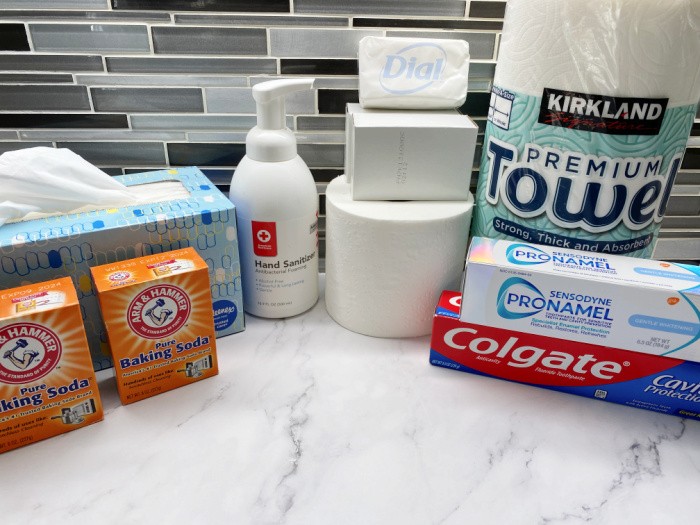
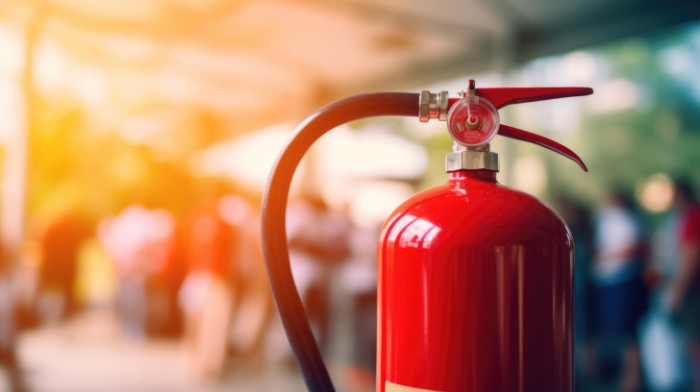
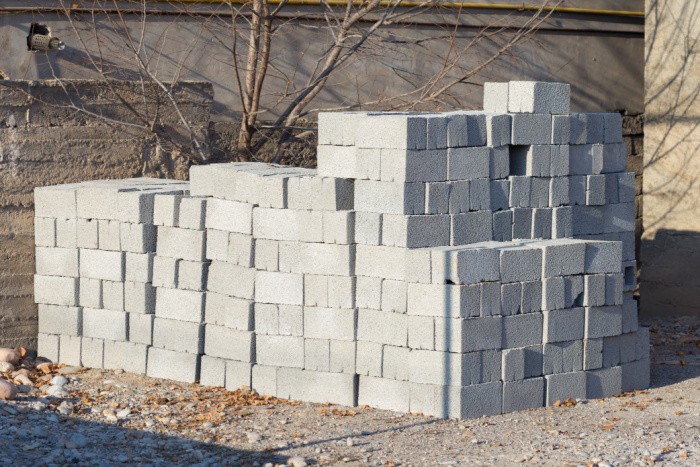














When I was in the army I used to say most the countries we went to wouldn’t be the way they were if they just fished.
Carp is Germany is a big game fish. I enjoyed fishing there. I didn’t get to in Macedonia though I did visit with some fishermen. Did fish and camp some on the Mossell in France.
This summer I took my grandson and me and my son watched him catch his first. That was a good day.
You think outside the box with that fishing gear and it’ll provide other food and security too.
Hi Matt, oh that first fish with your grandson!! I love it! You have had such awesome experiences learning, listening, and teaching life skills, Matt! Linda
I love the fishing idea but honestly you don’t need all that stuff. I use to fish with a cane pole or a long sturdy stick with the line attached to it. Now you can hand fish but that is one thing I never tried. You
can go broke if you go into a place like Bass Pro because they will have everything you need and a lot of things you don’t. Plan simple is the best but I am sure there is professional fishermen that would argue about that. One bait that I used a lot was grasshoppers, and you had fun catching them too. I do miss fishing, got to go again soon.
Hi June K., I bet you could spend a lot of money in one of those shops on fishing supplies. I never thought about grasshoppers, wow! They’re free and abundant here! Linda
I have only fished with a cane pole. I love me some good fried fish. My husband makes the best ever. He is the best cook ever. I haven’t fished in years, though. Even though we live by a lake. It does have alligators in it. Big ones!
Hi Deborah, oh you are lucky your husband cooks! Those big alligators sound scary!! LOL! I have seen them once on Sanibel Island! There were signs everywhere, watch out for alligators! LOL! Linda
We do. We don’t live on the lake, though. But some of our kids do. Across from where they live was two wallows where they were nesting or sleeping or something. LOL I no longer even go close to the lake. Oh, and it’s illegal to kill them. Unless it’s in season and you have a permit. It’s kinda weird to be driving on the road and see the eyes of an alligator watching you.
Hi Deborah, oh my gosh, the eyes of an alligator!! Yeah, I wouldn’t go close to the lake either!! Yikes! Linda
like to fish and catch, eat? naw-not even.. as a child…used pole..(no rod reel or junk lures… earthworms and grubworms, crickets, grasshoppers, chicken liver…chicken gizzards) caught/ate brim perch, catfish, cooked and helped clean.
.i like to know i have eaten in one hour!(not be hungry in one hour.)
Hi Denise, great memories, for sure. Life is good when you eat what you catch! Love it! Linda
Hi Linda, you might want to look up handline fishing and Tenkara. Both are fairly simple. I bought a tenkara rod on amazon for about $7- a while back, but you also need special line for them. The handline even comes with line and a hook for about ten. Or you can make one pretty easy. Thanks for all you do!
Hi Jan, oh thank you for telling me about that brand, I will add them right now. Thank you, Linda